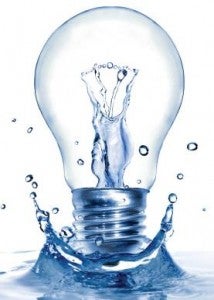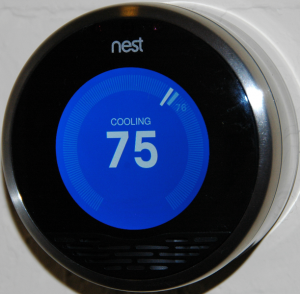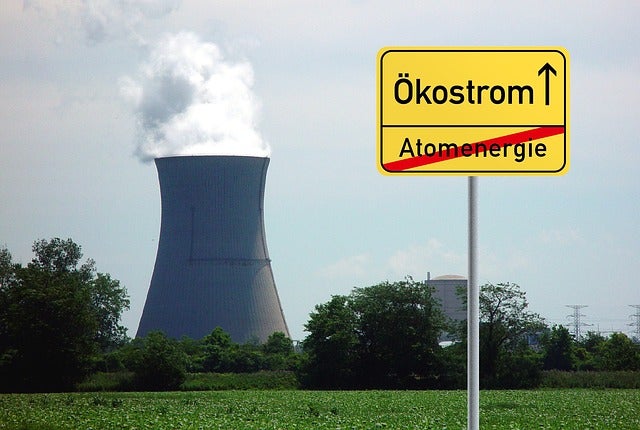With the recent release of the National Climate Assessment, the threat of climate change has never been clearer. Addressing this will require a fundamental transition away from fossil-fuel sources of energy in favor of renewable energy technologies like wind and solar power. Electric utilities vary in their progress towards delivering a future powered by clean energy. Notably, Central Texas, with its combination of energy know-how, creative thinking, and technology entrepreneurship, is home to many utilities leading the way in clean energy resources and smart grid technology.
Austin & San Antonio are leading the pack
Although Texas has a deregulated, competitive electricity market where most energy companies compete for customers, the San Antonio-Austin-Hill Country corridor is mainly comprised of public electric utilities, like municipals and cooperatives that are community-owned. For years, Austin and San Antonio’s municipal utilities have benefited from an engaged customer base that cares about the transition to a clean energy economy. Read More





